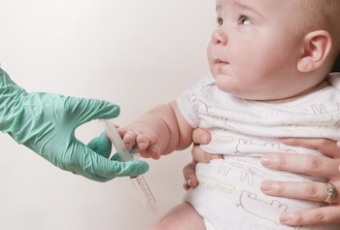Slate has an interesting article today called “Why are you not dead yet?” about why average U.S. life expectancy has doubled over the past 150 years. It goes in depth about advances like clean water, improved nutrition and reduced food contamination, vaccines, and even the evolution of pathogens.
One thing the author didn’t clarify that I think is important is that “average” is not the same as “typical.” It’s not like most people a century ago celebrated their 35th birthday and then keeled over. The biggest reason for the vast change in life expectancy is that we’ve drastically reduced infant/child mortality.
Those infant deaths were like that D you got on a test in school. You may have gotten all A’s the rest of the term, but that one bad grade brought your average down to a B–even if you never actually got a B on a test.
Back about 150 years ago, if you survived childhood (avoided that D), your expected lifespan increased pretty dramatically. Young adults still faced risks from things like childbirth and going off to war. However, if you made it to that magical “average” age of 35 or so, you were pretty likely to celebrate lots more birthdays to come.
None of this changes the fact that our increased average lifespan is a good thing. When I gave birth to my son I didn’t worry about him dying from water contamination, malnutrition or diphtheria. That’s a privilege my forbears didn’t enjoy.
